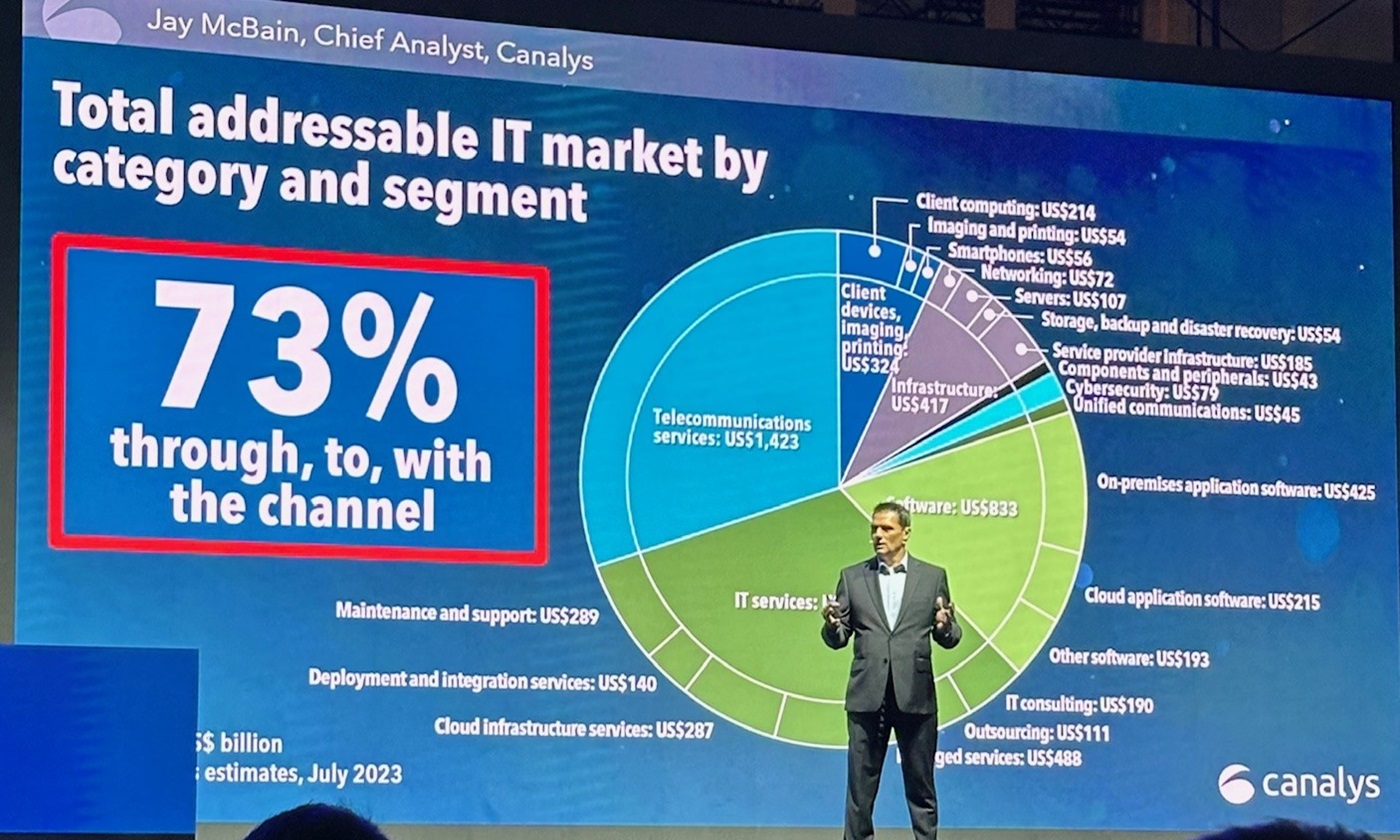
Cybersecurity and Compliance: Navigating app security with F5
The Critical Importance of Application Security
In an increasingly interconnected world, the critical importance of application security cannot be overstated. With applications serving as the backbone of modern business operations, their security is paramount to protect sensitive data, ensure business continuity, and maintain customer trust.
Balancing Security and Compliance in Today's Digital Landscape
As businesses strive to safeguard their applications, they must also navigate the complex landscape of compliance requirements. Striking the delicate balance between security and compliance is a multifaceted challenge that organisations face in the digital age.
Vendor Spotlight: Leading App Security Solutions
F5
As an F5 distributor of choice, we know they offer cutting-edge app security solutions designed to protect applications from advanced threats. The comprehensive F5 solutions suite addresses security and compliance requirements across various industries.
F5 solutions specialise in providing innovative app security solutions tailored to the unique needs of businesses. Their expertise in securing applications in dynamic environments is second to none, offering robust security solutions for F5 partners (with a focus on regulatory compliance). F5 solutions and services help organisations meet complex compliance requirements while ensuring application security.
F5’s solutions provide peace of mind across the entire application lifecycle. Their offerings encompass everything from code analysis to runtime protection.
Understanding the App Security Landscape
The Evolving Threat Landscape: Risks and Challenges
In today's dynamic cybersecurity landscape, threats are in a constant state of flux, marked by both increasing sophistication and frequency. Cyberattacks have evolved to employ advanced techniques, often leveraging technologies like artificial intelligence and machine learning, making them challenging to detect and thwart.
The frequency of cyberattacks is on the rise, with organisations facing a constant risk of breaches and disruptions. To effectively safeguard digital assets and sensitive data, organisations must stay vigilant and adaptable, staying informed about evolving risks and challenges. This understanding forms the foundation for devising robust application security strategies, especially since applications remain prime targets for cyberattacks due to their complexity and numerous potential entry points for attackers.
In this environment, the key to success lies in developing and implementing comprehensive security measures, incorporating prevention, detection, and response mechanisms, and regularly updating strategies to stay ahead of the evolving threat landscape.
The Core Elements of Effective App Security
Risk Assessment and Threat Modelling
A proactive approach to app security begins with a thorough risk assessment and threat modelling process. This involves identifying potential vulnerabilities that could be exploited by malicious actors. By understanding the specific risks and potential consequences you face, prioritisation measures can effectively be put in place to close the gaps. This step forms the foundation of a targeted and risk-based approach to app security.
Security by Design: Building Secure Applications
Building security into applications from the very beginning is a fundamental principle of robust app security. This approach, often described as "security by design," involves considering security requirements and features during the initial design and architecture phase of application development. By doing so, companies minimise vulnerabilities and reduce the need for costly security patching after deployment. Security should be an integral part of the development process, not an afterthought.
Secure Coding Practices and Development Lifecycles
Secure coding practices and the integration of security into the entire development lifecycle are key. This can include training developers to write code with security in mind and conducting regular security testing during development. Secure coding practices help prevent common vulnerabilities such as SQL injection, cross-site scripting (XSS), and others. Integrating security into the development lifecycle ensures security considerations are addressed at every stage, from design and coding to testing and deployment. This proactive approach reduces the likelihood of introducing security flaws and strengthens an application's overall security posture.
Best Practices for App Security and Compliance
Strategies for a Robust App Security Program
To establish a robust app security program, organisations should adopt strategies that include continuous monitoring, threat intelligence integration, and incident response plans.
Navigating Compliance Audits and Assessments
Successfully navigating compliance audits and assessments requires meticulous preparation, documentation, and a commitment to maintaining a culture of security and compliance throughout the organisation.
Securing Apps in an Evolving Cyber Environment
The Imperative of App Security and Compliance
In today's evolving cyber environment, securing applications is not an option but a necessity. companies must prioritise app security and compliance to safeguard their data, operations, and reputation.
Collaborating with F5 for App Security Success
We are selective about vendors we work with – they must be experts in their field. Being an F5 distributor, we are confident in the F5 solutions to keep your apps safe. Being an F5 partner means taking a strategic approach to security to meet the complex challenges of app security and compliance. Together, businesses and vendors can work towards a safer digital future.



